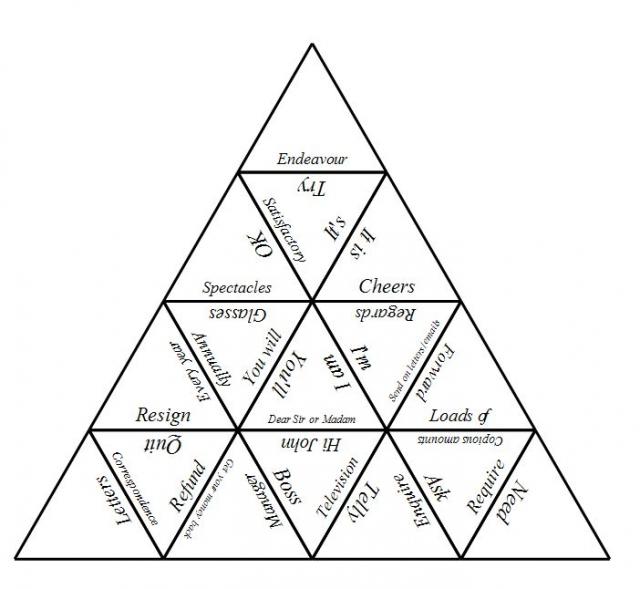четверг, 28 января 2016 г.
Homework - Photosynthesis - 10A
Read and translate
Photosynthesis is the process by which plants, some bacteria and some protistans use the energy from sunlight to produce glucose from carbon dioxide and water. This glucose can be converted into pyruvate which releases adenosine triphosphate (ATP) by cellular respiration. Oxygen is also formed.
Photosynthesis may be summarised by the word equation:
The conversion of usable sunlight energy into chemical energy
is associated with the action of the green pigment chlorophyll.
Chlorophyll is a complex molecule. Several modifications of chlorophyll occur among plants and other photosynthetic organisms. All photosynthetic organisms have chlorophyll a. Accessory pigments absorb energy that chlorophyll a does not absorb. Accessory pigments include chlorophyll b (also c, d, and e in algae and protistans), xanthophylls, and carotenoids (such as beta-carotene). Chlorophyll a absorbs its energy from the violet-blue and reddish orange-red wavelengths, and little from the intermediate (green-yellow-orange) wavelengths.

Chlorophyll - click on image to open
All chlorophylls have:
Photosynthesis is the process by which plants, some bacteria and some protistans use the energy from sunlight to produce glucose from carbon dioxide and water. This glucose can be converted into pyruvate which releases adenosine triphosphate (ATP) by cellular respiration. Oxygen is also formed.
Photosynthesis may be summarised by the word equation:
| carbon dioxide + water |  |
glucose + oxygen |
Chlorophyll is a complex molecule. Several modifications of chlorophyll occur among plants and other photosynthetic organisms. All photosynthetic organisms have chlorophyll a. Accessory pigments absorb energy that chlorophyll a does not absorb. Accessory pigments include chlorophyll b (also c, d, and e in algae and protistans), xanthophylls, and carotenoids (such as beta-carotene). Chlorophyll a absorbs its energy from the violet-blue and reddish orange-red wavelengths, and little from the intermediate (green-yellow-orange) wavelengths.

Chlorophyll - click on image to open
All chlorophylls have:
- a lipid-soluble hydrocarbon tail (C20H39 -)
- a flat hydrophilic head with a magnesium ion at its centre; different chlorophylls have different side-groups on the head
Homework_ Respiration - 9A
Read and translate.
RESPIRATION



RESPIRATION
How breathing works
During breathing, air moves from areas of high pressure to areas of low pressure. When the pressure in the lungs is lower than the pressure in the atmosphere, air enters the airways. If the pressure in the lungs increases, air moves out of the lungs and is then exhaled.
Inhaling
The diaphragm and intercostal muscles between the ribs contract. As a result, the ribcage expands, creating a decrease in pressure, and air is drawn into the lungs.
Exhaling
After breathing in, the diaphragm and intercostal muscles relax and the ribcage contracts. Pressure inside the lungs increases and air moves out of the lungs in order to be exhaled.
среда, 27 января 2016 г.
Homework - Biology - 7Б
Read and translate.
Mammals
Mammals are one of the 6 main classes of
animals.
There are only about 4,000 kinds of mammals.
Mammals are warm blooded.



The temperature could be freezing cold or
boiling hot, but mammals’ bodies maintain about the same temperature all the
time. Warm blood lets the mammals be very active and live in a wide variety of
places.
Mammals are everywhere. Polar bears live
in very cold areas. Camels live in hot areas. Moles live under the
ground. Bats live in caves and fly in the air. Dolphins live in the
oceans. Fur and fat help protect mammals who live in the cold.
Mammals sweat to release extra heat if they live somewhere hot.
All mammals have fur or hair.




Sometimes it's long hair covers their entire
body
Sometimes it's very short hair.
Even mammals that swim under the water (like dolphins
and whales) have hair.
All baby mammals drink milk that comes from
their mothers' bodies. Because the babies rely on their mother's milk to
live, the mammal mommies have to care for their young. The length of time
varies from a few weeks for mice to many years for humans!


Mammal mothers are hard workers. Baby
mammals learn from their mothers. The babies watch their mother and do
the things they see her do. Through copying their mothers, baby mammals
learn everything they need to survive.
So, what do mammals eat when they grow up?
They eat all sorts of different things! Lions are mammals who eat meat –
they are called carnivores. Cows are mammals who eat plants – they are
called herbivores. People are mammals who eat meat and plants – they are
called omnivores.
Mammals are vertebrates, which means that they all have backbones (spines).


So, all mammals:
·
are vertebrates (which means they have a backbone or spine).
·
are endothermic. Also known as “warm-blooded,” endothermic animals regulate
their own body temperate which allows them to live in almost every climate on
Earth.
·
have hair on their bodies.
·
produce milk to feed their babies. This allows them to spend more time with
their young and teach them important skills they need to survive on their own.
Homework - 4 классы
Задание выполняется в тетрадях. Пишете номер задания, номер предложения и то слово или предложение, которое требуется в задания. Внимательно читайте задания и обращайте внимание на образец.
1.

2.

3.

4.

1.
2.
3.
4.
Подписаться на:
Сообщения (Atom)








